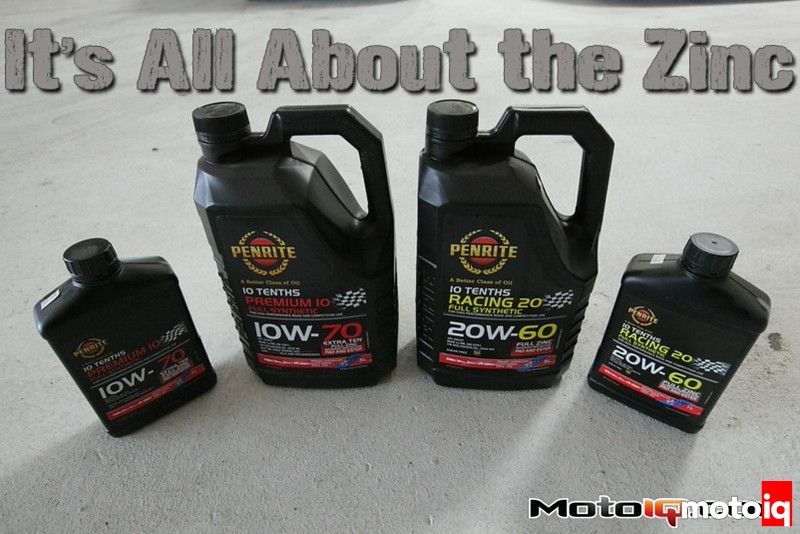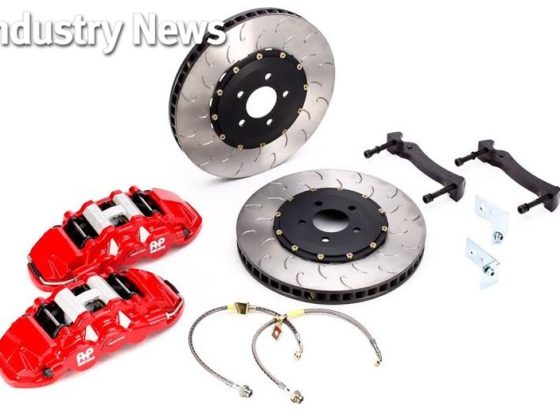,
We have also noticed in recent years more incidences of oil burning and bearing failure in production based racing engines. Some of this has been that many modern OEM bearings have reduced load bearing capacity due to a push to make engines more green by reducing the amounts of heavy metals in the bearing material. Piston rings have been made with lower tension to reduce friction as well. Since the OEM spec of parts has been made less robust in the name of less friction, better lubrication is more important than ever, however a perfect storm for failure has been produced due to the reduction of anti wear additives in oil combined with the push for reduced friction and greener parts.
Now modern high quality synthetic oils are more viscosity stable under hard use and are more slippery than mineral oils, this is all good stuff, but even a high quality synthetic needs anti wear additives to prevent excessive wear due to metal to metal contact of the valvetrain, rings and bearings.
 We have been noticing a lot more bearing failures nowadays in production based race engines than we have had in the past. We feel that some of this is attributable to green bearings with less heavy metals in them with the other factor being low friction light viscosity oils with reduced anti wear packages.
We have been noticing a lot more bearing failures nowadays in production based race engines than we have had in the past. We feel that some of this is attributable to green bearings with less heavy metals in them with the other factor being low friction light viscosity oils with reduced anti wear packages.When synthetics were fist introduced in the 70's the technology to keep anti wear additives suspended in the oil did not exist and the first examples of synthetic oils to hit the market were plagued with wear issues despite the superior stability and slipperiness of the oil.
Today, the same problems with oil are reoccurring but this time it is due to more stringent emissions. I remember in the late 80's and early 90's we ran the same synthetic oils you could by off the shelf at your local autoparts store in even sophisticated race engines like CART and IMSA GTP. That is no longer the case today and many engine builders in the know are running special race oils.
Well what to do about all of this? Increased engine wear with modified engines under racing conditions with the latest API SM oils seems to be a dirty little industry secret. Access to secret sauce racing oils to the general public seems to be limited as well.
To save the day, Penrite oil, one of Australia's leading oil companies has brought its line of racing oils to the shores of the USA. When it comes to wear resistance Penrite has their 10 Tenths line of racing oils. 10 Tenths oils use a a PAO or poly alpha olefin ester base. A few other high performance oils are PAO based but where Penrite differs is that it has a ZDTP concentration of 1200 ppm, plenty to protect every part of your engine. In addition, the oil contains modern anti wear additives such as boron and organomolybdenum. The anti wear additive concentration is no less than 2200 ppm for any of the the oils in the 10 tenths line.
 Pushrod engines require much higher valvespring tension due to a heavier valvetrain as compared to DOHC and even OHC valve arrangements. More spring pressure and usually greater valve lift to make up for having only two valves per cylinder means a lot of stress and wear. When you add in the fact that many pushrod engines have flat tappet cam followers, it's no wonder that wear with SM oils is a serious issue under racing conditions. When you inject the extra heat produced by turbos into the oil, you really need a full anti wear additive package such as the one Penrite provides.
Pushrod engines require much higher valvespring tension due to a heavier valvetrain as compared to DOHC and even OHC valve arrangements. More spring pressure and usually greater valve lift to make up for having only two valves per cylinder means a lot of stress and wear. When you add in the fact that many pushrod engines have flat tappet cam followers, it's no wonder that wear with SM oils is a serious issue under racing conditions. When you inject the extra heat produced by turbos into the oil, you really need a full anti wear additive package such as the one Penrite provides.Another cool thing about 10 tenths oils is that they are available in heavier weights like 10w-70, 5w-60 and 0w-50. A little known fact is that many factory teams run these heavier oil in longer duration racing like road racing or particularly enduros due to the heat and large amounts of fuel dilution that can occur in longer events. An off road racing truck or any road racing car is a good example of this. Another hard on oil example is a Pro Drift car where a engine of over 1000 hp can be run hard for about a minute then made to idle and heat soak with no air flow over the heat exchangers for up to 10 minutes in 100 degree weather. The heavier grades of 10 Tenths will also work well for applications where oil dilution by fuel is especially bad such as cars running on E85 or methanol.
 Drift cars, especially pro level ones are really hard on their oil. They have a lot of power, usually have forced induction, run at WOT for a minute or so at a time under pump starving high G loads, and then must sit idling and heat soaking for many minutes in-between runs. These condition put very high demands on oil and a good high zinc additive package can really help, especially with engines like the Chevy LS whose stock lubrication system is pushed to the max under drifting conditions.
Drift cars, especially pro level ones are really hard on their oil. They have a lot of power, usually have forced induction, run at WOT for a minute or so at a time under pump starving high G loads, and then must sit idling and heat soaking for many minutes in-between runs. These condition put very high demands on oil and a good high zinc additive package can really help, especially with engines like the Chevy LS whose stock lubrication system is pushed to the max under drifting conditions. Despite the additive rich composition of 10 Tenths, most of the oil in the lineup is still API certified up to the latest API SN specification. If keeping your cat super happy is important Penrite has other high performance oils like Enviro Plus that are super cat and diesel particle trap friendly.
Are there any drawbacks in using 10 Tenths? Well in a daily driven street car, particularly one that is driven only for short distances, the effectiveness of the catalytic converter might be reduced over a very long period of time. Also, oils with a high concentration of anti wear additives have a higher ash content and might leave more combustion chamber, valve and port deposits that can also effect emissions in the very long term. Performance engines that frequently see high rpm will not have issues and in fact thrive!
So if you are like us and were wondering why you have been seemingly suffering from more wear and failure from bearings, valvetrain and rings compared to past years, do some research on your own about how oil standards have changed over the years. You might be shocked to find that your old favorite performance oil now has a vastly different and less effective additive package than it once did. If that is the case, then consider giving Penrite a try.
Sources



